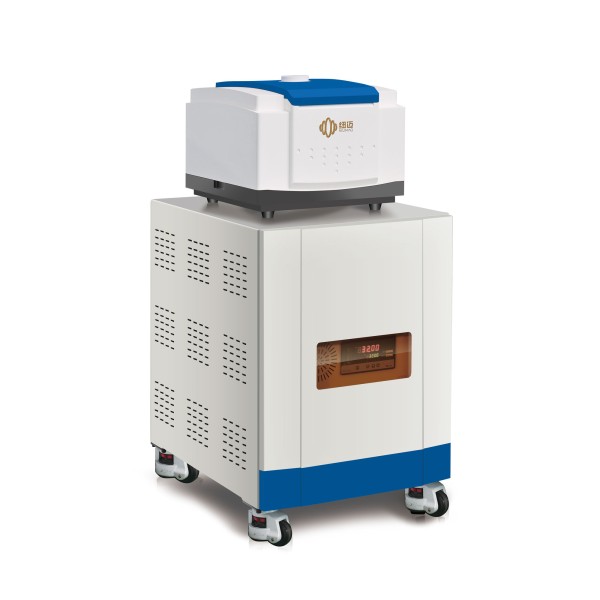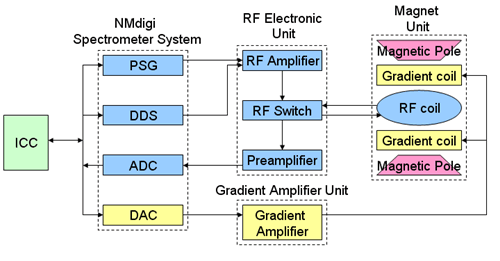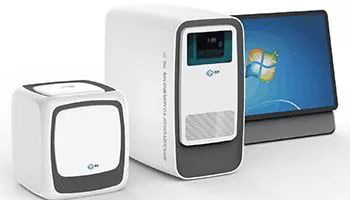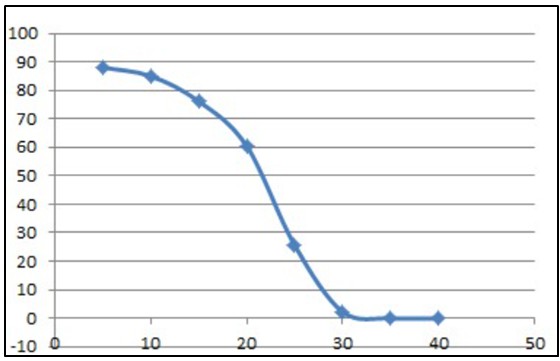NMR instrument overview
What is NMR instrument?
A Nuclear Magnetic Resonance (NMR) instrument is a scientific apparatus used for studying the nuclear properties of atoms. It is a powerful analytical technique that provides detailed information about the structure, composition, and dynamics of molecules, making it invaluable in chemistry, biochemistry, and related fields.
NMR instruments utilize the principles of nuclear magnetic resonance, which involves the interaction of atomic nuclei with strong magnetic fields and electromagnetic radiation (radiofrequency pulses). When placed in a magnetic field, certain nuclei with non-zero magnetic moments (e.g., hydrogen nuclei or protons) absorb and re-emit electromagnetic radiation at specific frequencies. By measuring the resonant frequencies and the associated signals, an NMR instrument can provide information about the local chemical environment, connectivity of atoms in a molecule, and various other properties.
NMR instrument Diagram
NMR instruments are typically composed of several key components:
1. Magnet: NMR instruments have powerful magnets, which generate the strong, stable magnetic fields required for NMR experiments. The strength of the magnetic field can vary, but common NMR instruments operate at 2 MHz,20MHz, 500 MHz, or higher field strengths.
2. Radiofrequency (RF) System: NMR instruments generate radiofrequency pulses to excite the nuclei in the sample and to detect the resulting NMR signals. The RF system includes a transmitter and receiver.
3. NMR Probe: The sample to be analyzed is placed in an NMR probe, which is inserted into the magnet. The probe contains coils for transmitting and receiving RF signals and a mechanism for controlling sample temperature.
4. Data Acquisition System: The NMR instrument has a data acquisition system to record and process the NMR signals generated by the sample.
5. Computer and Software: Modern NMR instruments are typically connected to a computer equipped with specialized NMR software for data acquisition, processing, and analysis.
Niumag Low field NMR instrument Application
NMR instrument is used in various scientific disciplines, including chemistry, biochemistry, structural biology, and materials science, to determine the structure of molecules, study molecular dynamics, and investigate a wide range of properties, such as chemical composition, purity, and interactions between molecules.
Low field NMR instrument is based on lower magnetic field strength. Usually the operating frequency between 2MHz to 23MHz.
Low-field NMR is used for scientific research and quality control and characterization of industry products. It can determine parameters like moisture content, oil content, solid fat content, small animal body composition , rock core analysis, cross linking density of polymer…
 NIUMAG
NIUMAG



